DSLR For Dummies- Aperture
/What does aperture mean to me? How wide the shutter opens = how much light gets in
What is f-stop? The f-stop controls how wide the shutter opens.
- The smaller the f-stop = the more the shutter opens = more light in = faster shutter speed.
- The larger the f-stop = the less the shutter opens = less light in = slower shutter speed
- Wow, that was intense. This is the part I had to keep being reminded of. It takes awhile to sink in. You’ll get there. Hopefully you learn faster than I do.
- I got a notebook out after Nate repeated this to me about 212 times. I'm studious.
- You get more control over the depth of field (blurriness of background).
- In auto, the camera picks everything based on meter in the camera.
- In A you can pick the f-stop and ISO. The camera selects the shutter speed.
- Side note on shutter speed: The faster the shutter speed, the less motion shown. 1/50 is faster than 1/20. (Ex. photographing sports you would use 1/1000.)
- low light (our house): smaller f-stop
- blurry background (portrait): smaller f-stop
- bigger depth of field (ex. landscape): larger f-stop
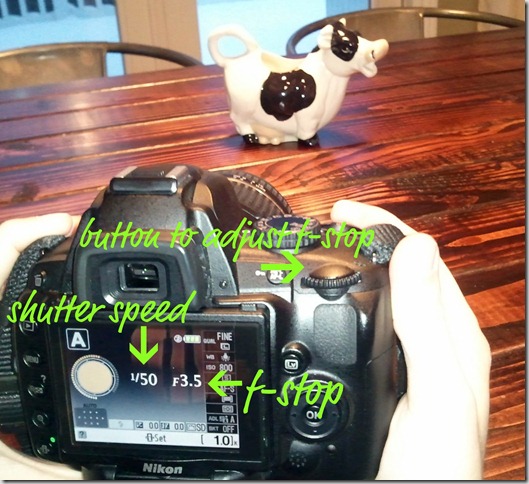
In the following photos I will share with you what f-stop I used. Notice as the f-stop gets larger, the background (ex. the deck rails) will become more in focus. Fancy. And I got to touch the camera. Super fancy.
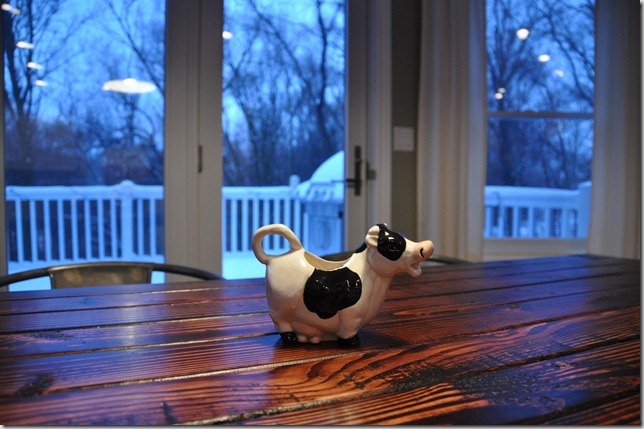 |
| f/3.5 (f-stop), 1/60s (shutter speed), ISO 800 |
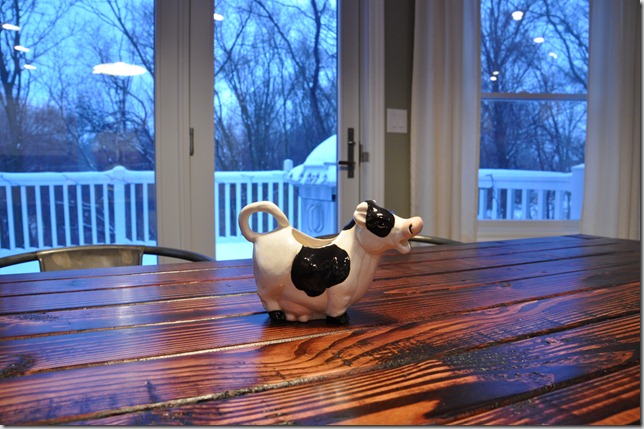 |
| f/8.0, 1/13s, ISO 800 |
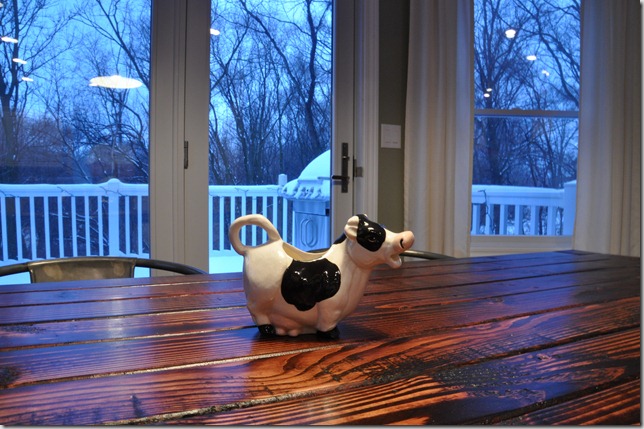 |
| f/22.0, 1/2s, ISO 800 |
And now, a cute picture of the Ike-man with my newly learned f-stop skills….
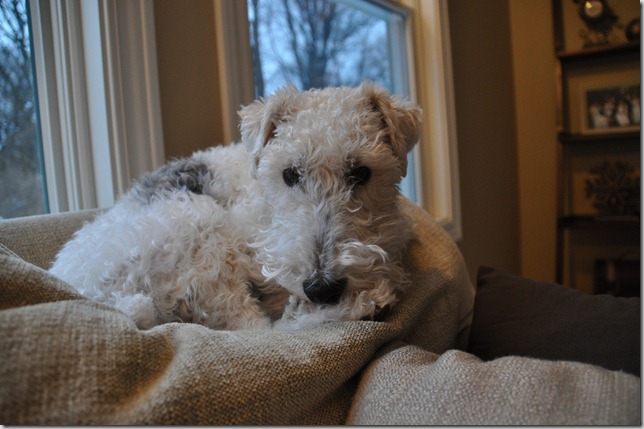 |
| f/3.5, 1/30s, ISO 800 |






